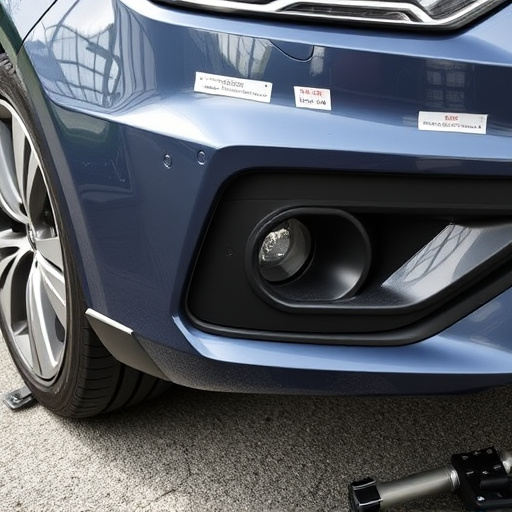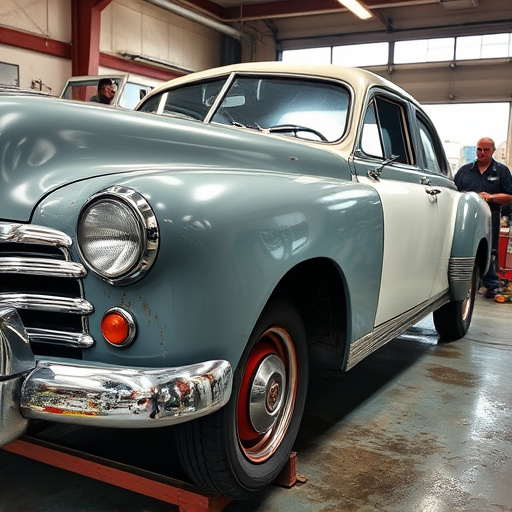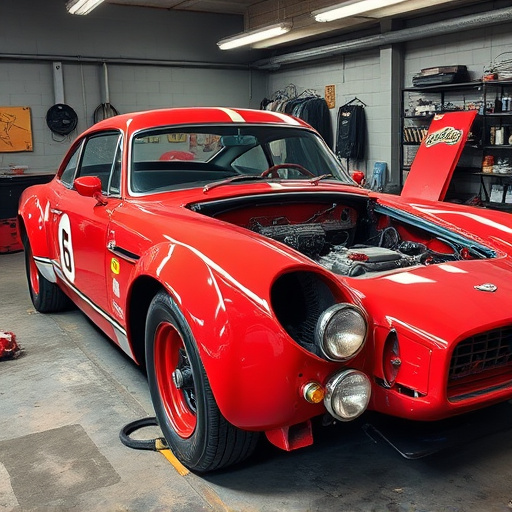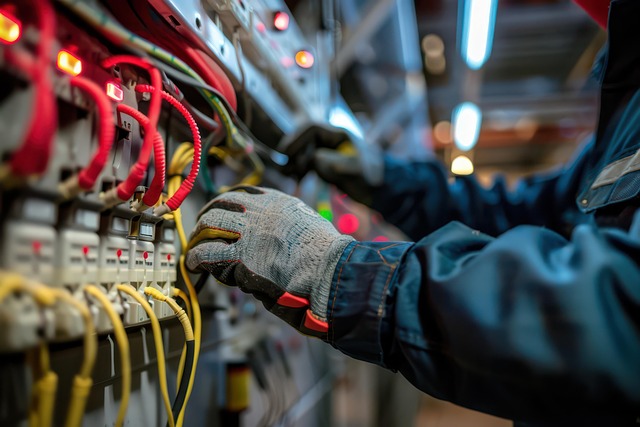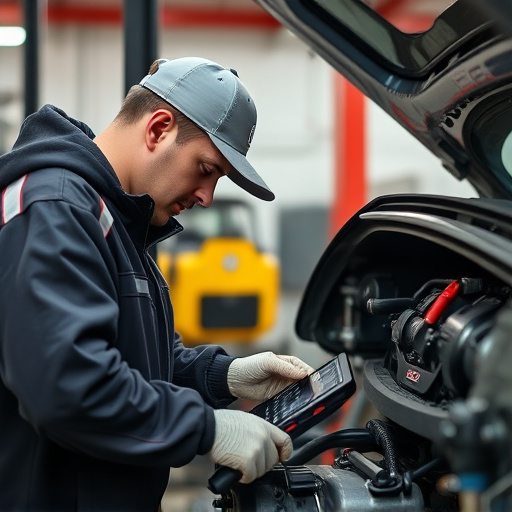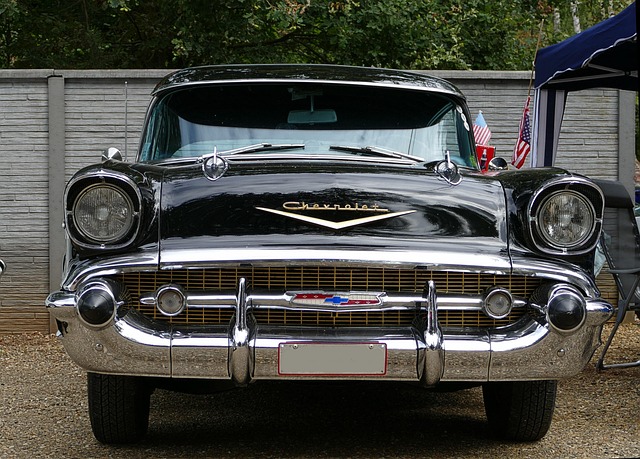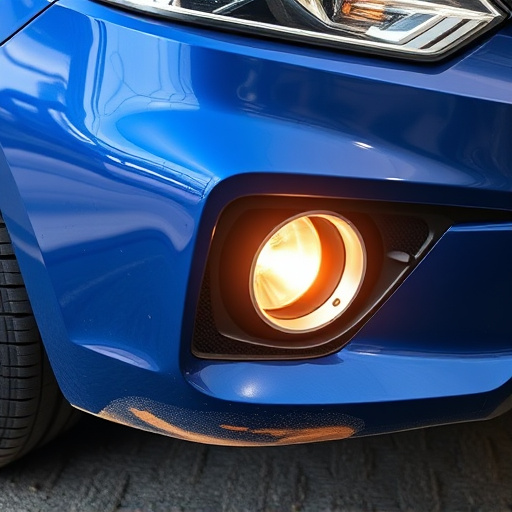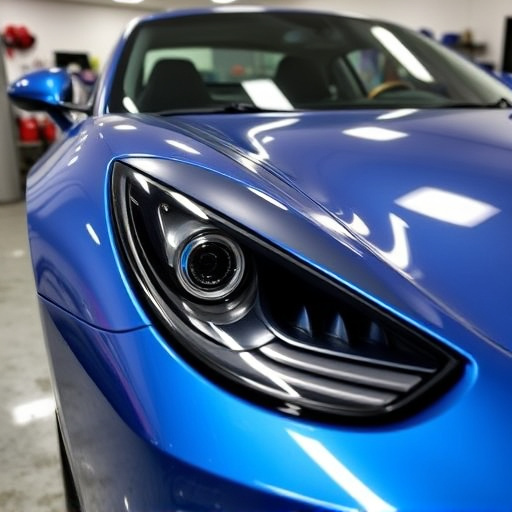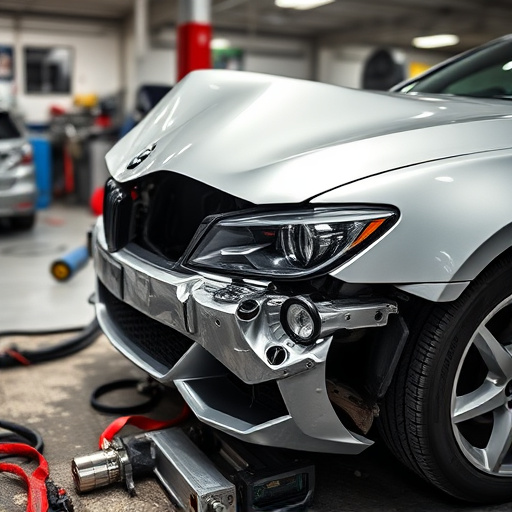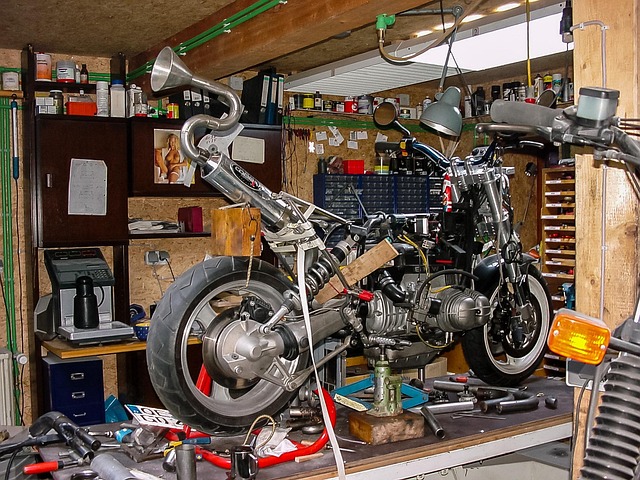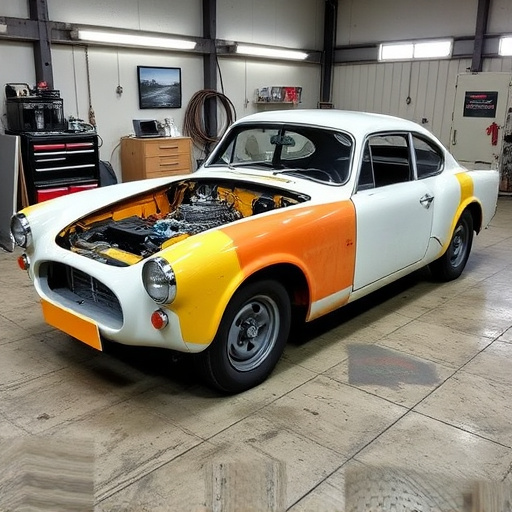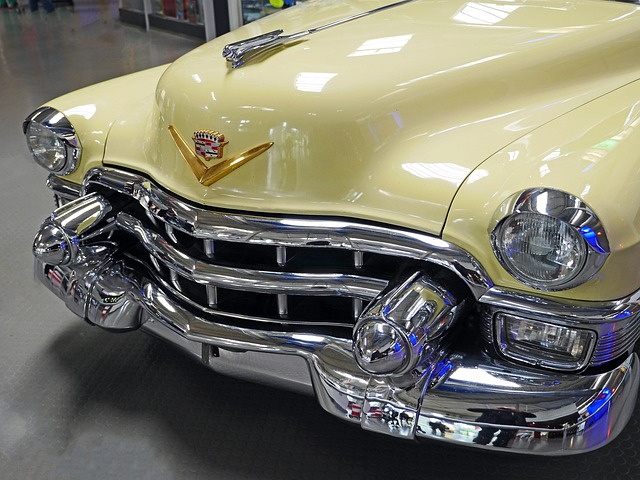Regular maintenance and timely repairs of frame machines are crucial for auto repair services, addressing misalignments, wear and outdated systems. Adhering to OEM recommendations ensures proper lubrication, part replacements, and system calibrations for accurate collision repair. Technicians require specialized tools, parts like bushings and bearings, and a systematic approach: assess damage, gather tools, remove distorted components, straighten metal, fine-tune adjustments, replace worn parts, and inspect thoroughly for safe, structurally sound frames, guaranteeing vehicle safety and performance.
“In the realm of manufacturing and automotive maintenance, ensuring proper frame machine repair is paramount. This comprehensive guide, backed by OEM recommendations, delves into the critical aspects of addressing common frame machine issues. From identifying typical problems to equipping yourself with essential tools, you’ll discover a step-by-step approach to expert repairs. Master the art of frame machine repair and enhance your operational efficiency.”
- Understanding Common Frame Machine Issues
- Essential Tools and Parts for Repair
- Step-by-Step Guide to Effective Repairs
Understanding Common Frame Machine Issues
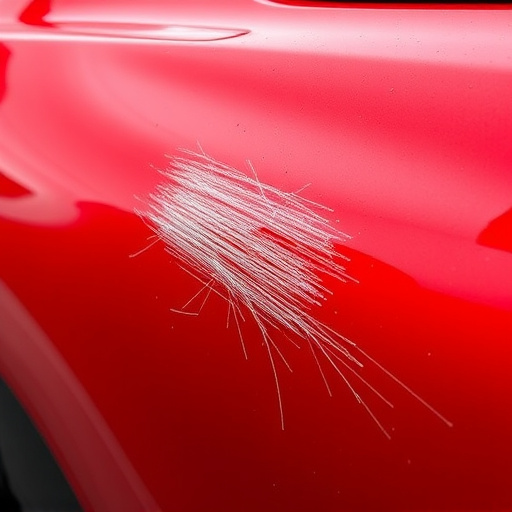
Many issues can arise with frame machines over time, which can significantly impact their performance and the quality of auto repair services they provide. Common problems include misalignments, wear and tear on critical components, and outdated or improperly calibrated systems. Misaligned frames can lead to inaccurate measurements and subpar collision repair services, while worn-out parts may cause machine failure, necessitating costly replacements. Outdated calibration can result in inconsistent results, affecting the precision of auto maintenance procedures.
To prevent these issues, regular frame machine repair and maintenance are crucial. Original Equipment Manufacturers (OEMs) recommend periodic checks to ensure all components are in optimal condition. This includes lubricating moving parts, replacing damaged or outdated parts, and calibrating systems according to the latest standards. By addressing common frame machine issues proactively, auto repair shops can enhance their efficiency, ensuring they deliver reliable and high-quality collision repair services while maintaining customer satisfaction.
Essential Tools and Parts for Repair
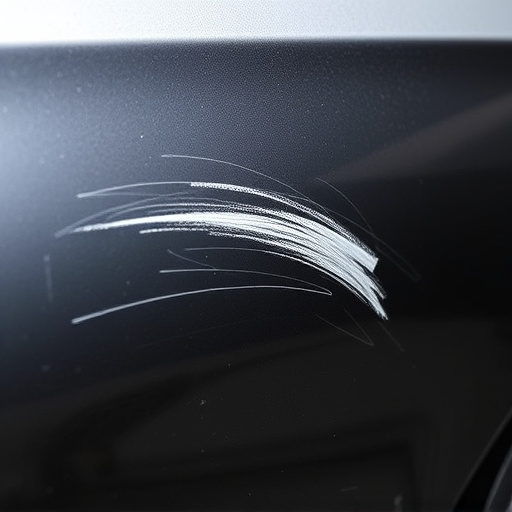
When it comes to frame machine repair, having the right tools and parts is paramount for ensuring quality work. Essential items on any technician’s checklist include a set of precision measuring tools like calipers and tape measures, as well as specialized frame racks for secure vehicle support. Beyond these, a robust collection of hand tools such as wrenches, screwdrivers, and pliers are indispensable for disassembly and reassembly tasks.
For more intricate repairs, an investment in high-quality replacement parts is crucial. This includes items like bushings, bearings, and various structural components specific to different vehicle models. Reputable auto repair services often stock these parts to cater to diverse needs, while some enthusiasts opt for aftermarket options known for their affordability and availability in the vast world of vehicle dent repair.
Step-by-Step Guide to Effective Repairs
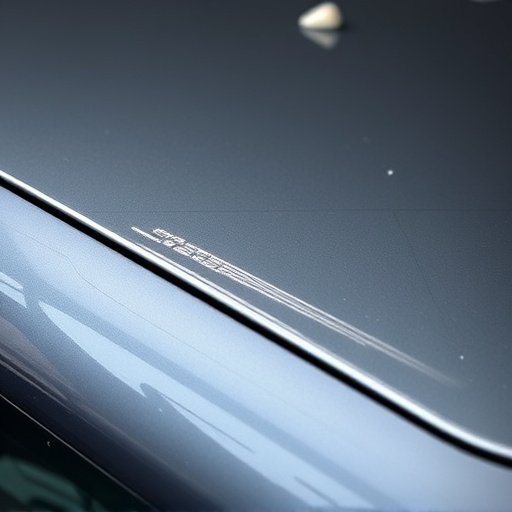
When it comes to frame machine repair, following a structured approach ensures precise and safe results. Begin by assessing the damage—inspecting the frame for any twists, dents, or misalignments. This step is crucial in determining the extent of the repair needed. Next, gather all the necessary tools and parts specific to your vehicle model, as recommended by original equipment manufacturers (OEMs).
The process involves several key stages: first, safely remove the damaged or distorted frame components. Then, using specialized equipment, straighten the metal to its original shape. This might require multiple adjustments to ensure the frame is aligned correctly. After straightening, check for any remaining discrepancies and make fine-tune adjustments. Finally, replace any worn parts and thoroughly inspect the repair work to guarantee a structured, collision-free frame, ensuring your vehicle’s safety and performance in the event of future collisions or damage, be it from a collision center, collision damage repair, or routine automotive repair.
In conclusion, ensuring proper frame machine repair is vital for maintaining equipment efficiency and longevity. By understanding common issues, investing in essential tools, and following a meticulous step-by-step guide, OEM recommendations offer a robust framework for successful repairs. This knowledge enables technicians to navigate the process effectively, ultimately enhancing productivity and minimizing downtime for frame machine repair.
